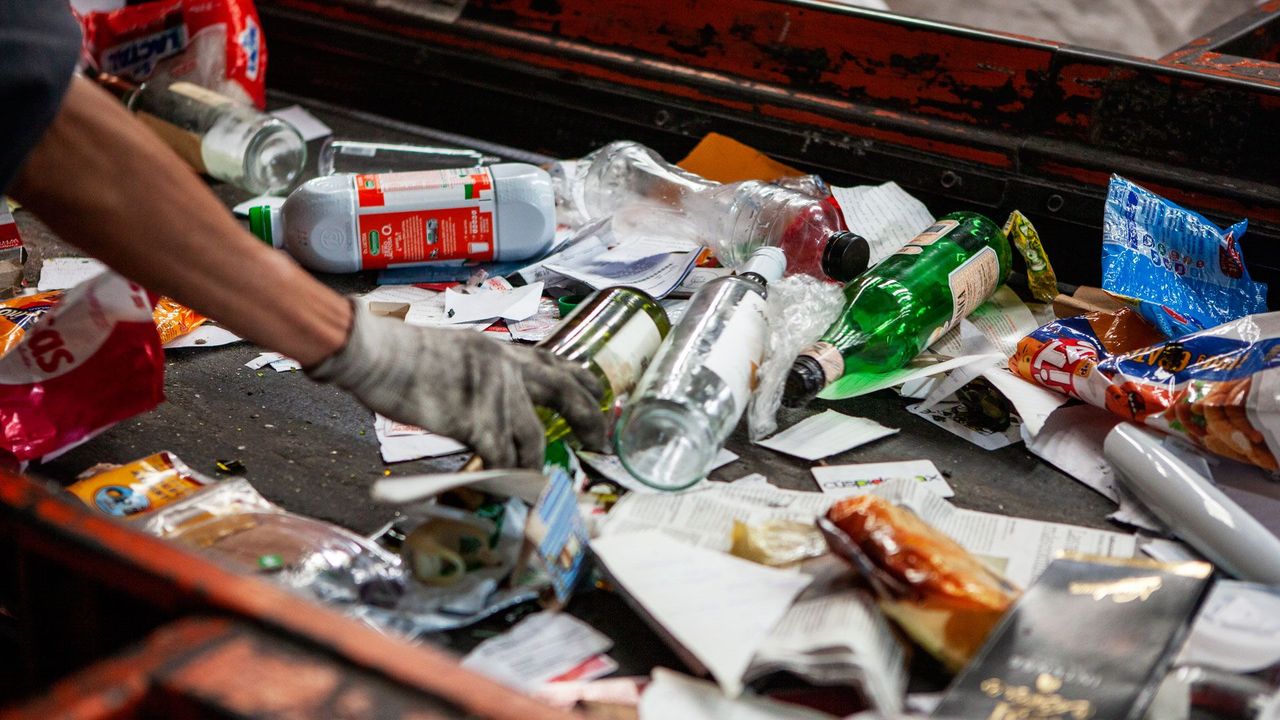LDPE, or Low-Density Polyethylene, is a prevalent plastic found in many everyday items. From shopping bags and cling wrap to squeezable bottles, its flexibility and resilience make it a popular choice. But what happens when these items are no longer needed? Let’s explore the LDPE Recycling, a crucial step in reducing our carbon footprint.
Understanding LDPE’s Role in Everyday Life
LDPE is everywhere. Its lightweight nature and durability mean it’s used extensively, especially in packaging materials. However, its widespread use also contributes significantly to plastic waste, which poses environmental challenges.
The Importance of Recycling LDPE
Recycling LDPE is vital. Not only does it reduce landfill waste, but it also conserves resources by reusing existing materials. This process helps decrease the environmental impact associated with producing new plastics.
The Collection Phase
The recycling process begins with collection. LDPE items are gathered from various sources, including households, businesses, and recycling bins. This step is crucial, as proper sorting ensures the efficiency of the subsequent stages.
Sorting and Cleaning LDPE
Once collected, LDPE materials undergo sorting. This involves separating them from other types of plastics and contaminants. After sorting, cleaning removes any dirt or residue, ensuring the material is ready for processing.
Shredding and Resizing
Clean LDPE is then shredded into smaller pieces. This resizing simplifies the handling of the material and prepares it for the next stage. Shredding is essential for creating a uniform size that facilitates efficient melting.
Melting and Reformation
In this phase, the shredded LDPE pieces are heated until they melt. The molten plastic is then reformed into pellets or sheets, which are easier to handle and transport. This transformation is key to creating new products from recycled material.
Applications of Recycled LDPE
Recycled LDPE is versatile. It’s used in various products like garbage bags, floor tiles, and furniture. By finding innovative uses, manufacturers contribute to a circular economy, ensuring materials are reused instead of disposed of.
Challenges in LDPE Recycling
Despite its benefits, recycling LDPE presents challenges. One is contamination from food or other substances, which can hinder the recycling process. Additionally, not all facilities are equipped to process LDPE, limiting its recycling potential.
The Role of Consumers in Recycling
Consumers play a crucial role in LDPE recycling. By properly disposing of LDPE products and supporting recycling initiatives, individuals contribute to a sustainable future. Awareness and participation are key to making recycling efforts successful.
Advancements in LDPE Recycling Technology
Technological advancements are improving LDPE recycling. Innovations in sorting and processing techniques are increasing efficiency, reducing waste, and enhancing the quality of recycled products. These developments promise a brighter future for recycling.
The Environmental Impact of LDPE Recycling
Recycling LDPE has significant environmental benefits. It reduces greenhouse gas emissions, conserves resources, and decreases the burden on landfills. By supporting LDPE recycling, we take a step towards a more sustainable world.
A Call to Action for a Greener Future
Recycling LDPE is a vital component of environmental conservation. It’s a process that requires collective effort from consumers, manufacturers, and policymakers alike. By understanding and participating in LDPE recycling, we can make a meaningful impact on our planet’s health. Let’s commit to a sustainable future by making informed choices and supporting recycling initiatives.

